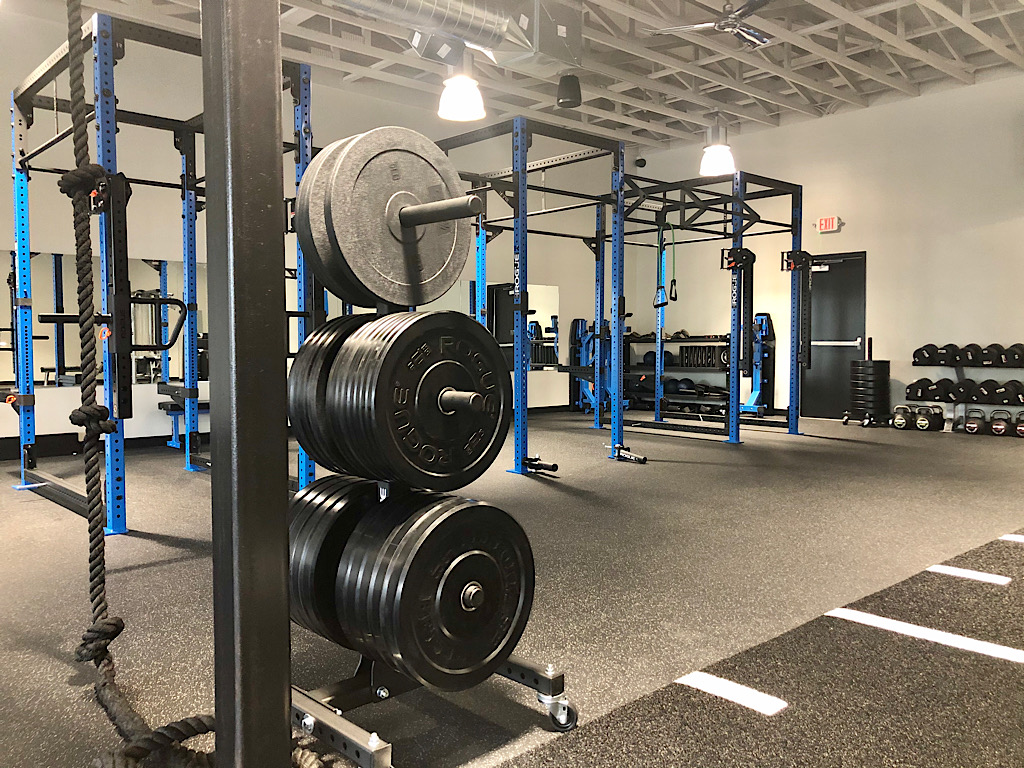For those of you under the age 65: Listen up. I’ve treated about a thousand people over the age of 65 over the past 13 years. Based on what I’ve seen, and considering continuing downward trends of overall health and function, things don’t look good for us. That is, of course, unless we make some serious changes in terms of our view on exercise.
I have seen our future through my former patients. Things we all take for granted, like standing up from a chair, rolling in bed, and going up stairs is a major challenge for many older individuals I have worked with. There are obviously exceptions to this, but many struggle with these activities even at ages as low as 55. Much of this generation was not exposed to the benefits of strength training for current and future functional activity levels. As a result, there exists this very real daily struggle due to a lack of strength and power (this includes a component of speed) for basic functional movements.
You cannot blame this generation. The medical establishment and government spread falsehoods such as: running will destroy your knees, eat low fat diets for better health, walking is enough exercise, and that lifting weights will injure spines and make women look bulky. Sadly, these wrong ideas are still perpetuated today.
I get it. The thought of starting a strength training program, joining a gym or finding a trainer sounds intimidating and uncomfortable. It shouldn’t be. I find the majority of personal trainers, small and large commercial gyms, and gyms including CrossFit, Olympic weightlifting, Powerlifting, and Strongman (let’s hope I didn’t leave anyone out), are full of the most accepting and welcoming of members and coaches. These environments are usually not filled with stereotypical screaming, super-intense people. They include humans like us, each of whom also had to start somewhere at some time and are now enjoying the benefits of their work. Prepare to join a community. Sooner or later, you will eventually fit in and feel part of a team.
As a physical therapist, I begin planning the transition from physical therapy to future endeavors such as weightlifting on a patient’s first visit. For most of you, the best time to start is now. There is always time. Expensive? This is your life, health, and well-being. That matters.
Don’t look for major, quick physical changes. Instead, focus on the main positives. Research backs the many benefits of resistance training: build strength of muscles and bones, decrease risk of injury and falls, improve heart health, manage blood sugar, improve self-esteem and brain health, and reduce symptoms of depression and anxiety.
Here are 4 steps to get started now:
- Reach Out: Call or visit. If you can’t reach someone, show up and ask around. Many places are short-staffed but eager to help.
- Try a Session: Many gyms offer a complimentary first session. If not, don’t hesitate to ask for one. This will give you a taste of what to expect and help determine if it’s the right fit for you.
- Seek Recommendations: Consult your friends and family for recommendations on where to begin.
- Take Action: The most crucial step is to get started. Don’t delay. Your future health depends on it.
You can DM/email/text/call us and we can provide you with some local options.
And for those of you older than 65… It’s not too late to start.
Dr. John De Noyelles, PT, OCS, CSCS
Physical Therapist


